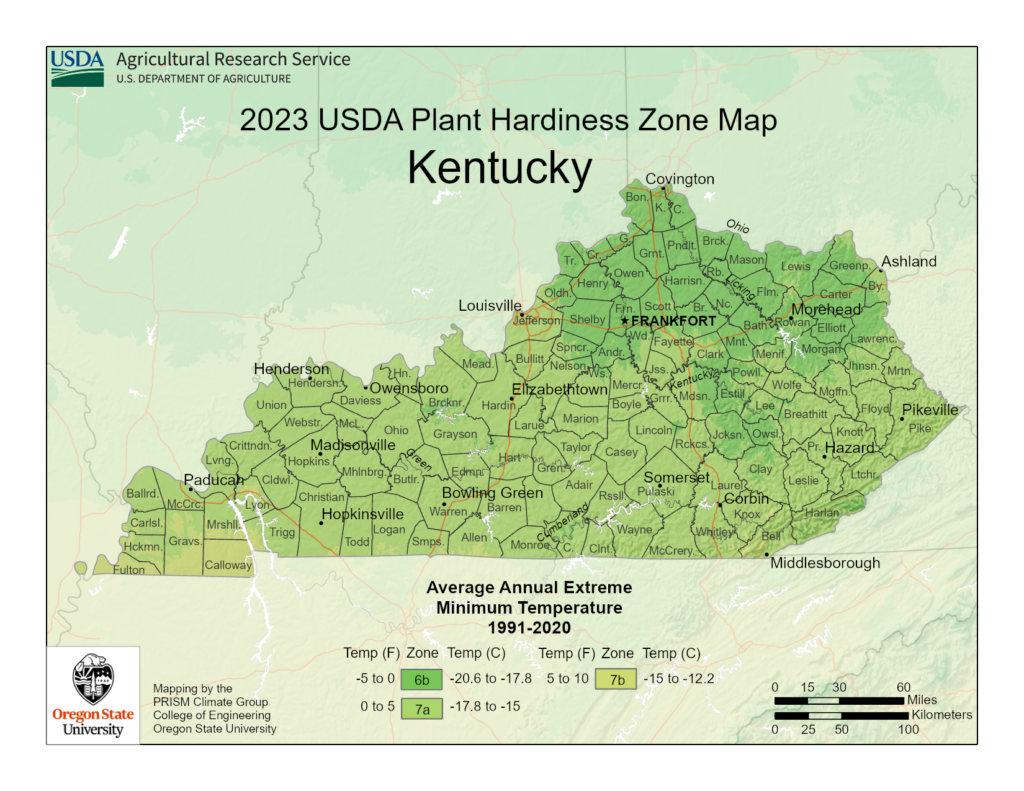
Welcome to our guide on growing palm trees in Kentucky! While palm trees are often associated with tropical climates, it is indeed possible to grow them in the beautiful state of Kentucky. In this article, we will explore the best palm tree varieties that thrive in Kentucky’s unique climate and provide you with essential tips and information to ensure their success in your landscape.
Kentucky’s climate poses some challenges for palm tree growth, but with the right knowledge and care, you can create a stunning tropical oasis in your own backyard. From the rolling hills to the vibrant cities, palm trees can add a touch of exotic beauty to Kentucky’s landscapes.
Choosing the right palm tree varieties is crucial for their successful growth in Kentucky. Not all palm trees are suited to withstand the state’s fluctuating temperatures and soil conditions. In the next section, we will discuss the best palm tree varieties that are well-adapted to Kentucky’s climate and provide recommendations on where to buy them.
Choosing the Right Palm Tree Varieties for Kentucky
Choosing the right palm tree variety is essential for successful growth in Kentucky’s climate. The state’s unique combination of weather conditions requires palm trees that can withstand both hot summers and cold winters. Therefore, it is crucial to select palm tree varieties that are well-suited for the specific conditions found in Kentucky.
When considering the best palm tree varieties for Kentucky, it is essential to look for traits such as cold tolerance and soil preferences. Some palm trees that thrive in Kentucky include:
| Palm Tree Variety | Cold Tolerance | Soil Preferences |
|---|---|---|
| Windmill Palm (Trachycarpus fortunei) | -10°F | Well-drained soil, but adaptable to various soil types |
| Needle Palm (Rhapidophyllum hystrix) | 0°F | Moist, acidic soil |
| European Fan Palm (Chamaerops humilis) | 5°F | Well-drained soil, preferably sandy |
Tips for Growing Palm Trees in Kentucky
Growing palm trees in Kentucky requires special care to ensure their health and vitality in the unique climate. By following a few helpful tips, you can create a stunning palm tree oasis right in your backyard. Here are some essential guidelines to keep in mind:
1. Planting Techniques: When planting palm trees in Kentucky, it’s crucial to choose a well-draining location with plenty of sunlight. Ensure the soil is loose and enriched with organic matter to promote healthy root development. Dig a hole that is wider than the root ball and gently place the palm tree, covering its roots with soil and firmly pressing it down.
Our soil recommendation for palms:
2. Watering Requirements: Proper watering is crucial for palm tree care in Kentucky. While palm trees require regular watering, it’s important not to overwater them. Allow the soil to dry partially between waterings, and adjust the frequency based on weather conditions. Deep watering is preferable, soaking the entire root zone to encourage strong and deep root growth.
3. Fertilization and Protection: To nourish your palm trees, apply a balanced slow-release palm tree fertilizer according to the manufacturer’s instructions. This will provide the essential nutrients they need to thrive. In winter or during extreme weather conditions, protect your palm trees by covering them with blankets or applying frost cloth to shield them from the cold.
Our recommended palm fertilizer:
4. Pruning and Landscaping Ideas: Pruning palm trees in Kentucky is essential to maintain their health and aesthetics. Remove any dead or damaged fronds, but avoid excessive pruning as it can weaken the tree. For landscaping ideas, consider creating a palm tree focal point in your garden or incorporating them into tropical-themed landscapes for a touch of exotic beauty.
By following these tips for growing palm trees in Kentucky, you can create a flourishing tropical paradise in your own backyard. With proper care and attention, these majestic trees will thrive and enhance the beauty of your landscape for years to come.
FAQ
What are the best palm tree varieties for growing in Kentucky?
Some of the best palm tree varieties for Kentucky’s climate include the Windmill Palm (Trachycarpus fortunei), Needle Palm (Rhapidophyllum hystrix), and Dwarf Palmetto (Sabal minor)
Where can I buy palm trees in Kentucky?
There are various nurseries and plant centers in Kentucky that offer a wide selection of palm trees. Some reputable options include Wilson’s Nursery in Lexington, Kings Gardens in Louisville, and Macon Gardens in Bowling Green.
How do I ensure the success of palm trees in Kentucky’s climate?
To ensure the success of palm trees in Kentucky, it is important to plant them in well-draining soil, provide adequate water and sunlight, and protect them from frost or freezing temperatures in winter. Mulching the base of the tree can also help retain moisture and regulate the soil temperature.
Protect your palms with hardy frost cloth:
Do palm trees in Kentucky require pruning?
Yes, palm trees in Kentucky may require occasional pruning to remove dead or dying fronds. However, it is important not to over-prune, as this can weaken the tree. It is recommended to consult a professional arborist for proper pruning techniques and timing.
